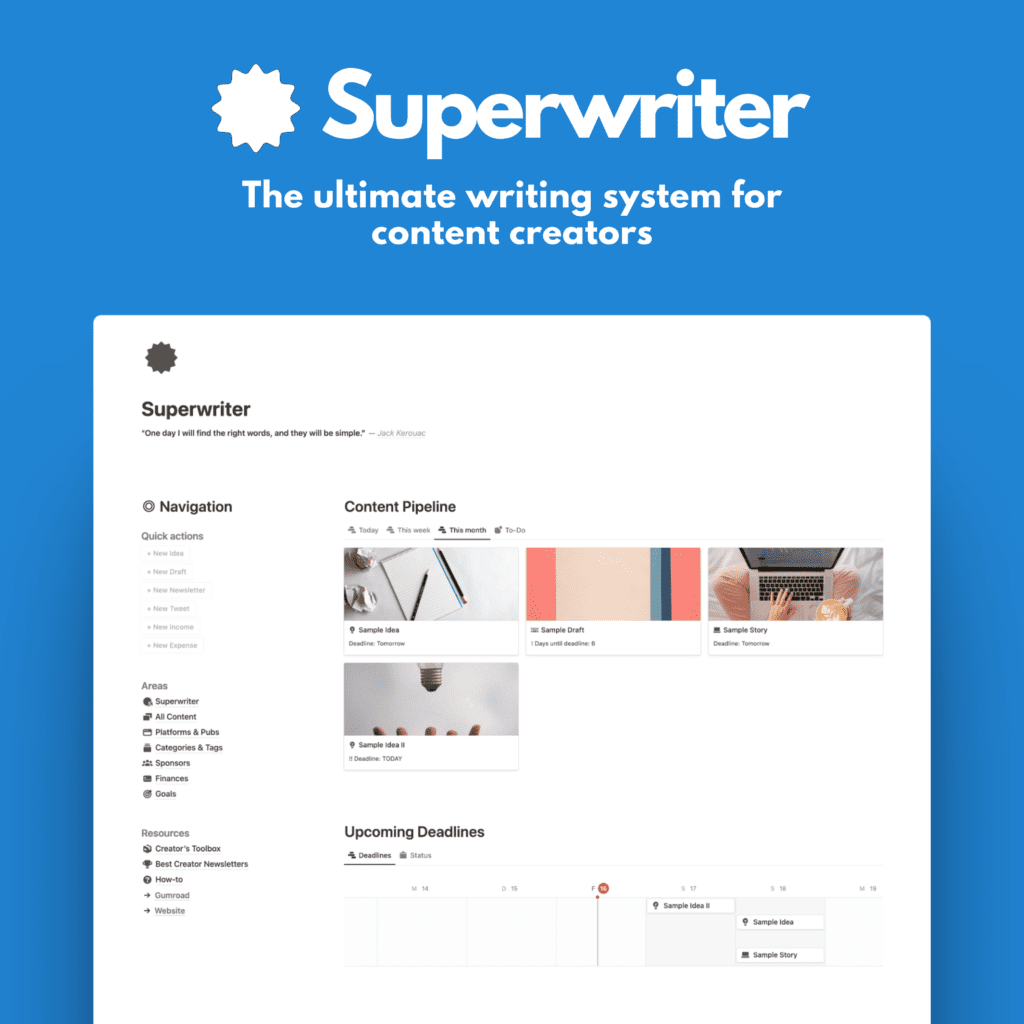Substack, the popular newsletter platform, is testing out placing advertisements within its newsletters, as reported by Axion Scoop recently.
This marks a shift for the newsletters company, which has not previously run ads in its core platform as far as I know.
As provided with evidence from the podcast “Blocked and Reported” by Jesse Singal (who hints at this in his own Substack publication “Singal-Minded”), Substack would begin experimenting with running ads in some newsletters.
Yes, these ads are for the podcast! Which is all the more interesting.
It’s also important to understand that Substack doesn’t run or create its own ads here, but rather connects advertisers with fitting publications.
This concept isn’t new. In fact, popular newsletter platform Beehiiv is doing this as one of their core business models for the paid tiers and has been for quite a while. ConvertKit offers something similar as well.
So, Substack isn’t inventing new forms of monetization here.
How it might work
Substack lets writers publish free or paid newsletters to subscribers. The only way to make money — for Substack or the newsletter writers — has been paid subscription revenue.
This is a great model for readers. No ads, no distractions. Pay for the content you love, or read the free stuff.
But this might be changing soon.
Up until now, newsletters on Substack contained no ads — which was a major selling point for many writers.
And neither do podcast nor videos. Both content formats, Substack has in its arsenal for creators, if you didn’t know.
The writers, or podcast hosts in this case, have the choice whether to participate in the ad experiment or not and which ads to pick or not.
Substack is starting off slow and selective.
Writers will get a revenue share of the ad dollars. Presumably.
Why ads?
Good question. Many might be asking this.
To me, it’s no surprise that Substack is experimenting with ads, as the company needs to find ways to boost revenue in multiple ways 2024 and beyond.
The market almost demands it by now. Newsletters are the hit of the 2020s in the creator space. And ads provide a very valuable, additional monetization option, as evidenced by the competitor programs (Beehiiv, ConvertKit).
It can’t all be paid subscriptions. It’s amazing how many readers pay to read the issues of their favorite writers, but it’s only a very small percentage of writers who can really make a living from that.
Substack has paid out over $100 million to writers since its founding. And email newsletters are undergoing a huge resurgence lately.
This ad model does represent a shift, as Substack originally positioned itself as a completely ad-free newsletter platform. Writers flocked to Substack in part to get away from the divisive world of ad-supported media.
But as the 2020s continue, more and more companies will start investing in newsletters, and therefore more and more advertisers will invest money there.
More ads in the future?
So, are ads coming to the masses?
Maybe. But we’re not there yet.
The big question is how this initial ad experiment will work without disrupting the user experience.
Substack should tread lightly. If the ads are overly intrusive, they might scrap the idea.
It will be interesting to see how many Substackers opt-in to trying ads, and how subscribers react in the coming months if that experiment develops further.
But overall, Substack remains very popular with readers and writers alike as a publishing platform due to its simplicity.
The bottom line
This ad experiment seems targeted at boosting Substack’s revenue without dramatically changing the user experience.
As long as the ads remain limited, it may work to provide additional money for writers without driving away readers.
But there is a risk that creeping ad expansion slowly changes the nature of Substack.
Substack is wisely taking it slow, only showing ads to a small subset of newsletters to start.
If done right, limited ads could be a financial gain without a loss of subscribers. But there’s a fine line between enhancing revenue and deteriorating user experience.
No one likes to pay only to not see ads.








